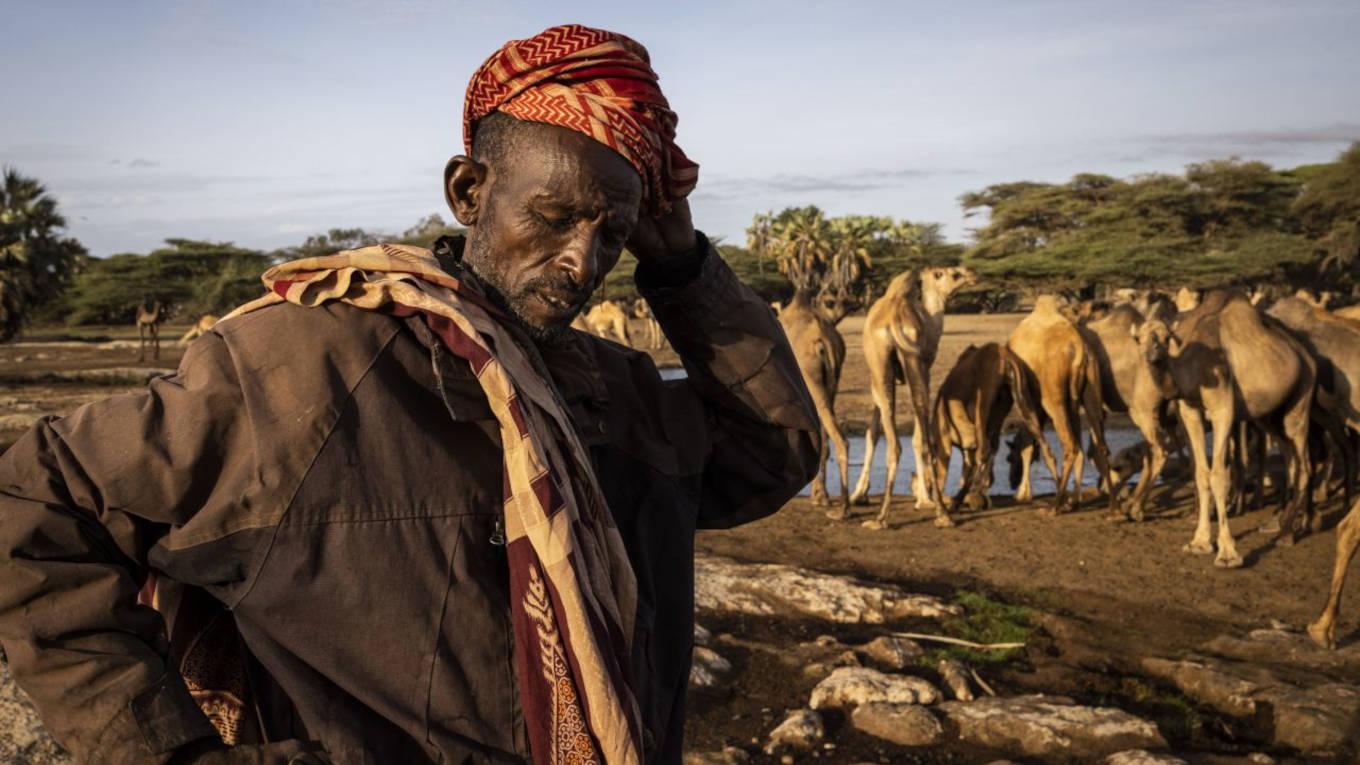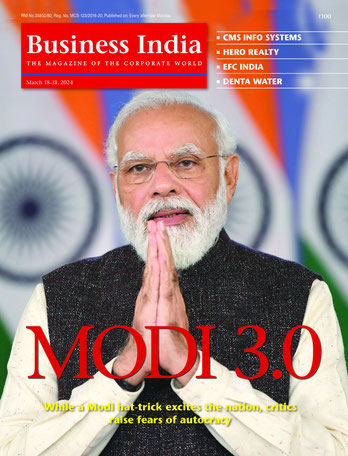Millions of people in the so-called ‘neglected’ or ‘third-world’ could soon face violent conflicts over resources, especially water, according to an early-warning tool developed by Water Peace and Security (WPS) partnership. Though media focus has moved towards the drought in Europe and California, the world shouldn’t neglect other drought-stricken regions, researchers say. According to WPS, which is a group of organisations dedicated to tracking resource scarcity, several countries are at high risk of conflict over resources in the next 12 months. The world isn’t listening, warns WPS coordinator Susanne Schmeier. “Maybe they do so for a short moment, (for example) the floods in Pakistan. But in light of the various crises the world is facing, water typically doesn't make it high on the agenda.” Drought can cause food insecurity and displace millions of people. Those who would otherwise live peacefully are driven to fight over the remaining resources. Governmental systems can also break down, leaving power vacuums. These are regions WPS warns of: 1. Kenya, Ethiopia, and Somalia Kenya, Ethiopia, and Somalia have been hit hard by a fourth consecutive season of drought. The war in Ukraine has also squeezed the region’s grain imports, leaving at least 18.6 million people in the area facing malnutrition. The likelihood of continuing and emerging conflict in the region is high. 2. South Africa Prolonged drought is pushing the Nelson Mandela Bay in South Africa area towards ‘Day Zero’— an ominous term used to describe the point at which city residents have their water taps shut off. The wider Eastern Cape region suffered a severe multi-year drought between 2015 and 2020. After a brief reprieve, it slipped back into drought in late 2021. Some city residents are already waiting in line for water with jerry cans. The likelihood of continuing and emerging conflict in the region is high. 3. Iraq Levels in the Tigris and Euphrates rivers — lifelines for millions of Iraqis — are running dangerously low. In late May, river levels were down 60 per cent compared to last year. Surface water shortages have forced the Ministry of Agriculture to cut cropping in irrigated areas in half. Iraq has begged Turkey and Iran to release more water from upstream, to no avail. The risk of conflict rises as local authorities try to deal with the situations themselves, defying federal edicts on water management. In July, some groundwater workers were attacked in Al Muthanna Province — a possible sign of more violence on the horizon. 4. Iran and Afghanistan Iran and Afghanistan share the Helmud region river, which is running low. Tensions have increased as the two countries compete to secure the limited water supplies. In Afghanistan, over 90 percent of the population currently do not have enough food to eat. 5. Pakistan and India Though Pakistan (and areas of India) have faced terrifying flooding in recent weeks, they also dealt with an ‘unprecedented’ heat wave earlier this year. Confronted with an ensuing crop shortage, India imposed a ban on wheat exports, heightening food insecurity in neighbouring regions. The border region is already extremely tense, with India and Pakistan contesting sovereignty. The likelihood of continuing and emerging conflict in the region is high.
-

Drought in Kenya can cause food insecurity and displace millions of people























